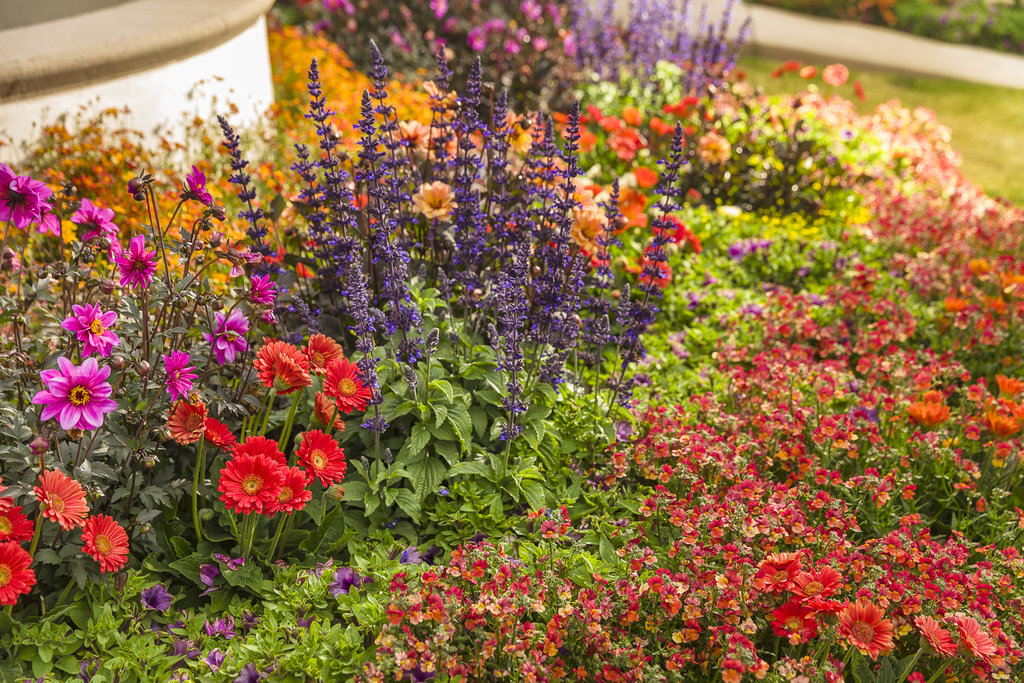Selecting the right plants for your garden is crucial to ensure a vibrant, healthy, and thriving landscape. The choice of plants depends on various factors, including climate, soil conditions, and the specific goals of your garden. This guide on Best Gardening For Beginners will walk you through the essential steps to choose the right plants and help you create a successful garden.
1. Assess Your Garden’s Conditions
Climate and Hardiness Zone
Understand your local climate and USDA hardiness zone. Plants are categorized based on their ability to survive and thrive in specific temperature ranges. Research the hardiness zone for your area to choose plants that are well-suited to your climate.
Soil Type and Quality
Examine your soil type, including its texture, drainage, and nutrient content. Soil types can range from sandy to clayey, each affecting plant growth differently. Conduct a soil test to determine pH and nutrient levels, and choose plants that match your soil’s characteristics.
Sunlight Exposure
Evaluate the amount of sunlight your garden receives. Plants have varying light requirements, ranging from full sun to partial shade. Observe the sunlight patterns in your garden to match plants with their preferred light conditions.
Water Availability
Consider the water availability and drainage in your garden. Some plants require consistent moisture, while others are drought-tolerant. Choose plants based on your garden’s watering capabilities and drainage conditions.
2. Define Your Gardening Goals
Purpose of the Garden
Determine the primary purpose of your garden. Common goals include:
- Aesthetic Appeal: Selecting plants for their beauty and color.
- Edible Plants: Growing fruits, vegetables, and herbs for consumption.
- Pollinator Attraction: Choosing plants that attract bees, butterflies, and other pollinators.
- Privacy and Screening: Using plants to create natural barriers and privacy screens.
Maintenance Level
Decide how much time you can dedicate to garden maintenance. Some plants require regular pruning, fertilizing, and pest control, while others are low-maintenance and self-sufficient. Choose plants that match your preferred level of care.
3. Select Plants Based on Categories
Annuals
Characteristics:
- Lifecycle: Complete their lifecycle within one growing season.
- Bloom Period: Typically provide continuous blooms throughout the season.
- Examples: Marigolds, petunias, zinnias.
Considerations:
- Pros: Quick to grow and replaceable each year.
- Cons: Need to be replanted annually.
Perennials
Characteristics:
- Lifecycle: Live for more than two years, returning each growing season.
- Bloom Period: Blooms for a specific period during the year.
- Examples: Daylilies, coneflowers, hostas.
Considerations:
- Pros: Long-lasting and often require less replanting.
- Cons: May have a shorter bloom period compared to annuals.
Shrubs and Trees
Characteristics:
- Size: Larger plants that can provide structure and shade.
- Function: Useful for privacy, windbreaks, and landscaping.
- Examples: Boxwoods, lilacs, maples.
Considerations:
- Pros: Provide year-round interest and can enhance garden structure.
- Cons: Require more space and long-term maintenance.
Edible Plants
Characteristics:
- Purpose: Grown for consumption.
- Varieties: Includes vegetables, fruits, herbs, and berries.
- Examples: Tomatoes, lettuce, basil, strawberries.
Considerations:
- Pros: Provides fresh produce and can be highly rewarding.
- Cons: May require specific growing conditions and additional care.
4. Plan for Seasonal Interest
Spring
Choose plants that bloom early in the season to provide color and interest after winter. Examples include tulips, daffodils, and hyacinths.
Summer
Select plants that will thrive in the warmer months and provide continuous blooms or foliage. Examples include sunflowers, petunias, and coreopsis.
Fall
Incorporate plants that offer autumnal colors and interest as the season changes. Examples include asters, chrysanthemums, and ornamental grasses.
Winter
Choose plants that provide visual interest during the winter months. Examples include evergreen shrubs, winterberry, and holly.
5. Consider Plant Companions
Companion Planting
Understand which plants grow well together and which ones do not. Companion planting can help improve plant health, reduce pests, and enhance growth. For example, marigolds can deter pests in vegetable gardens.
Plant Pairings
Match plants based on their growth habits and requirements. For instance, pair low-growing ground covers with taller plants to create visual interest and effective use of space.
6. Research and Purchase Plants
Research
Conduct thorough research on the plants you are interested in. Read plant labels, consult gardening books, and seek advice from local nurseries or gardening groups.
Purchase
Buy plants from reputable sources, such as local nurseries or garden centers. Look for healthy plants with no signs of disease or pests.
7. Planting and Care
Proper Planting
Follow planting instructions for each plant regarding depth, spacing, and soil preparation. Ensure that each plant is placed in its optimal growing condition.
Ongoing Care
Provide regular care including watering, fertilizing, pruning, and pest management based on the needs of your plants. Regular attention will help your garden flourish.
Conclusion
Choosing the right plants for your garden involves understanding your garden’s conditions, defining your gardening goals, and selecting plants that meet those criteria. By considering factors such as climate, soil type, and maintenance level, you can create a garden that is both beautiful and functional. With careful planning and attention, your garden will thrive and provide enjoyment throughout the seasons.



